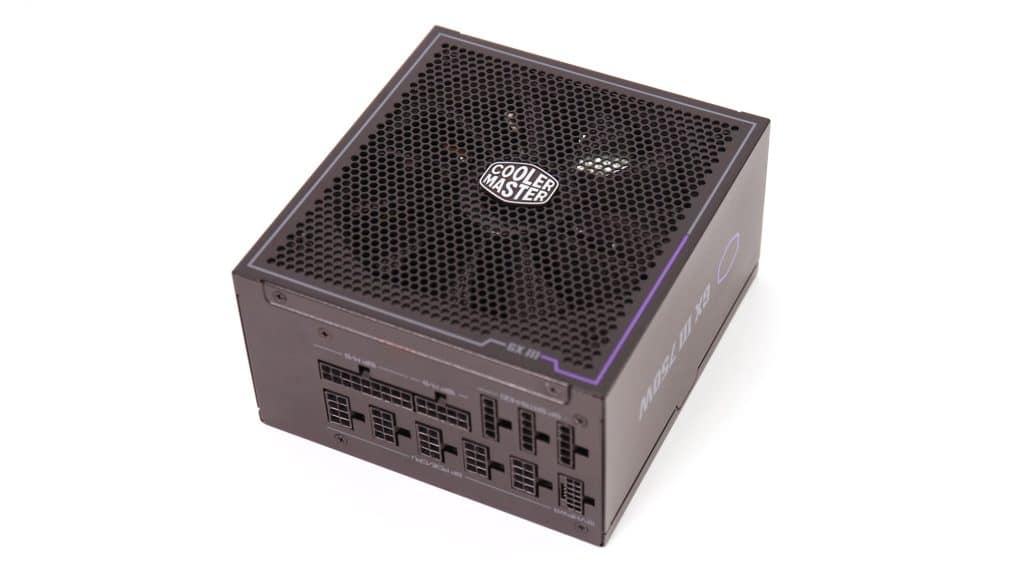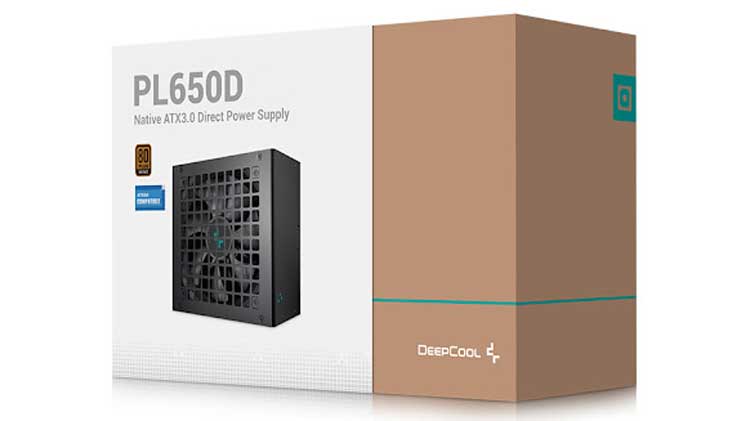Epilogue
The Cooler Master GX III 750W achieves a decent overall performance, but its high price dramatically affects its performance per dollar ratio. Given the high price tag, I expected to find a better cooling fan in this unit, but I was disappointed to see a Yate Loon instead of at least a Hong Hua fan. Moreover, although the load regulation is tight enough at 12V, it is pretty loose on the minor rails, while the unit’s transient response needs fixing. It might pass the challenging ATX v3.x transient response test scenarios, but it does so with a very low voltage at 12V, the lowest among all similar spec PSUs I used for comparison purposes.
Transient response is vital since it represents real-life conditions, so a low performance in this section also means poor real-life performance. On the other hand, the platform’s efficiency is high; the APFC converter delivers high power factor readings not only at 115V but at 230V as well, where most PSUs have a problem. On top of that, the hold-up time is extra long, and the ripple suppression is decent on the minor rails, although not competitive, at 12V. Lastly, I wouldn’t worry about this PSU’s bulk and filtering capacitors. Still, I would worry about the cooling fan, especially since there is no option to deactivate its semi-passive feature, which makes it start and stop several times at light loads. FDB fans are stressed the most during the start phase till the lubricant goes all the way up to the shaft, and this is why they are not the best choice for frequent starts and stops.
At 141 dollars, this Cooler Master unit will have a tough time competing with similar spec units by other popular (and not so popular) brands, including Asus, Corsair, MSI, and Thermaltake. Moreover, when there are available units like the Segotep 750W, which scores a top ATX v3.x transient response while it only costs 100 dollars ($80 at the time of the review thanks to a running deal), offering at the same time a fully modular cable design, I cannot find a reason why someone should invest 40-60 dollars more to get the GX III 750W model. Cooler Master should have a long talk with Lite-On and convince the latter to improve performance while notably dropping the price if it wants to have a competitive product in its portfolio.
Before investing in a new power supply, read my Best ATX v3.x PSUs article to check all alternative PSU offerings. You help me a lot by using my affiliate links, which don’t increase the product’s price. I get a commission from Amazon every time you do it, which can make a difference for me, especially now that I am on my own, working exclusively for my media and not for someone else.
- Delivered full power at 47°C
- ATX v3.0 and PCIe 5.0 ready
- High soldering quality
- Efficient
- Great performing APFC converter
- Low inrush currents at 230V
- Conservatively set protection features
- Efficient 5VSB rail
- Long hold-up time
- Long and accurate power ok signal
- Alternative Low Power Mode (ALPM) compatible
- Fully modular
- Plenty of cables, including a high power one (12+4 pin, 300W)
- Ten-year warranty
- Expensive
- The fan speed profile needs tuning
- Loose load regulation on the minor rails
- Mediocre transient response
- Increased standby power (especially at 230V)
- EPS cables should be longer than the ATX one
- Short distance (120mm) between peripheral connectors
- Low-quality fan



